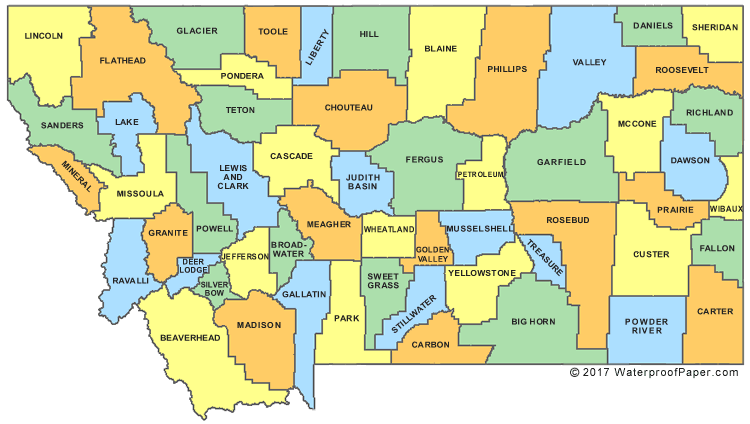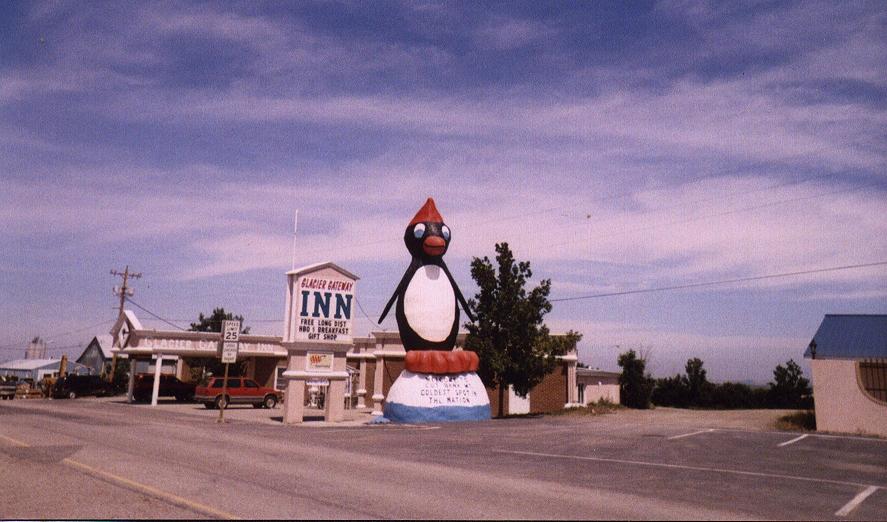Blue Highways: Kremlin, Montana
Unfolding the Map
 We pause for a moment at Kremlin, even as William Least Heat-Moon (LHM) flies through with a short mention, as I reflect on what the word Kremlin meant for me and the world while I was growing up. Who knew we had appropriated Kremlin in the middle of Montana?! In Cold War fashion, learn where Kremlin is by targeting it on the map!
We pause for a moment at Kremlin, even as William Least Heat-Moon (LHM) flies through with a short mention, as I reflect on what the word Kremlin meant for me and the world while I was growing up. Who knew we had appropriated Kremlin in the middle of Montana?! In Cold War fashion, learn where Kremlin is by targeting it on the map!
Book Quote
"...Kremlin. Russian settlers, half mad from the vast openness and the sway of prairie grass, thoght they saw the Citadel of Moscow.
Blue Highways: Part 7, Chapter 6
 Photo of Kremlin, Montana from the blog Ramblin Reflections. Click on photo to go to host page.
Photo of Kremlin, Montana from the blog Ramblin Reflections. Click on photo to go to host page.
Kremlin, Montana
Kremlin is one of five towns, spots on the map really, that LHM blew through on his way through Montana. I had thought about grouping them all together in the last post, but really, how can I resist making a special post on Kremlin, and especially the name itself? If you have any memory about life before the Berlin Wall fell, then the name Kremlin certainly has definite, and often ominous, meanings.
I was born in 1963, just about a month after the events that arguably brought the United States to the brink of nuclear war with the Soviet Union in the Cuban Missile Crisis. I write arguably because there is some scholarship that suggests that the U.S. and the U.S.S.R. managed the conflict well and never really were in danger of letting the situation escalate into a full-blown hot war. Whatever the reason, whether Krushchev was blustering to appease party members back home, and Kennedy understood that, or Krushchev got himself into a situation where he needed to have some to back out and save face is irrelevant to the greater part of the U.S. population who might have been aware of the high-stakes showdown over Cuba. For many people, the ups and downs of U.S.-Soviet relations were always at least on the edge of awareness and provided a low-grade stress that can be seen throughout U.S. culture from the 1950s until the late 1980s.
As I grew up I gradually began to understand that one war could end everything as we knew it. In my teens, the news constantly had updates on our direct relations with the Soviet Union, and on the myriad of small conflicts around the world that could have consequences for our relations. News was often reported from Moscow by reporters who always identified the Kremlin or an official Soviet news agency (i.e. Kremlin-approved) as being the source of much of the information on the Soviet stance toward the world. "Sources close to the Kremlin..." we would hear Walter Cronkite or other anchors solemnly intone.
Why was this so important? I know that people not old enough to remember the Cold War find this hard to relate to, but we really lived under a nuclear-tipped Sword of Damocles. Academics in international relations nowadays write about how the Cold War actually made the world more stable, because both sides realized that war would end them, and neither side wanted to be the one responsible for the downfall of their particular society. Therefore, the argument goes, each side was very careful to not engage the other in direct hostilities, but instead minimized their direct conflicts and carried out their ideological battles through espionage and through conflicts in developing world client states such as Vietnam, Nicaragua, Angola, and other places. Even major hostilities such as in Korea did not bring the U.S. and U.S.S.R. into direct conflict. The theory rests on assumptions of rationality - such as the assumption that each side's leaders like being in power and therefore were risk-averse to nuclear war - and those assumptions held up in this case, thankfully.
Still, the reality of what we lived under was enough to scare me silly at times thinking about what might happen. I remember seeing a movie with Henry Fonda called Fail-Safe. The premise was that the United States accidentally sent planes to Russia which nuked Moscow. Much of the movie was filled with tension - would the U.S. be able to recall the planes, and if not would they be able to help the Russians stop the planes in time. They weren't, and the only recourse left to avert a nuclear war was for the U.S. to nuke it's own city, New York, without warning. I couldn't get the last scene out of my head for a long time.
I also had nightmares involving mushroom clouds once in a while. It was hard to forget that in both the U.S. and U.S.S.R., everyone was a target. Each side's missiles were permanently aimed at points in each other's country. If someone launched, within 30 minutes it would be the end of civilization. My dreams would be filled with hopeless despair - reddening skies and large mushroom clouds popping up - and I would wake up sure that the end had come.
In that way, the Kremlin was the enemy. It was like a nasty creature sitting halfway around the world plotting our destruction and doom. I watched the facial expressions of our presidents on the news when they met with Russian leaders to see if I could read anything. I remember being very nervous when Reagan met with Gorbachev in Iceland, and came out of the meeting scowling. The irony of this all, at least to me today, is that I know that I thought that I would be living in a Cold War world for the rest of my life.
Imagine then the astonishment we had when we saw crowds dancing atop the Berlin Wall, the ever-present and seemingly permanently set symbol of the Cold War. Imagine our amazement as the Soviet Union allowed this to happen and then, unthinkably, allowed itself to break apart relatively peacefully. I'll admit I had another nervous moment when hard liners in the Soviet army, seeking to stem the tide of democratic forces, launched a coup attempt and the news showed pictures of Russian tanks in the streets. But then, Russian president Boris Yeltsin, climbing on top of a tank, seemingly saved the day.
Of course I was naive. The U.S. and Russia still have their nuclear weapons, though they are not pointed at each other. The seeming order that the Cold War imposed on the world sometimes seems attractive as we deal with the possibility of war between newly nuclear states such as hereditary enemies India and Pakistan, the rising ambitions of nuclear power China, the nuclear goals of Iran, and the ominous spectre of nuclear terrorism. While countries negotiate arms treaties and non-proliferation pacts, academics struggle to understand this new multi-polar and nuclear-armed world. Some academics have suggested in the past, in a global mirror of our U.S. Second Amendment debates suggesting that arming citizens will make them more safe, that all countries be allowed to pursue nuclear weapons because proliferation will breed world stability. Are we seeing this theory put to the test in the world now?
To me this is crazy. Just as crazy, if not more so, than two ideologically distinct world powers in a dance of Mutually Assured Destruction. We now have lots of new names, ominously intoned, out there to worry about - Beijing, Tehran, Islamabad, Pyongyang, Al Qaida, Taliban - all with less restraint, it seems, on slinging their arrows of outrageous fortune should they be put under grave threats. It almost makes me long for that now quaint little old Kremlin, loudly plotting our doom but in reality simply trying to survive.
Musical Interlude
Pop culture was filled with references to nuclear war in movies, TV, and song. Movies like Dr. Strangelove allowed us to laugh at the insanity of the world, while others like On the Beach dealt more seriously with the end of the world. In early 1980s, a major TV event called The Day After gave a pretty horrific view of the aftermath of a nuclear war while probably not making it horrific enough. The Nation magazine recently put on its website the top 10 songs about nuclear war. The song I'm highlighting in this post is not on that list but is out of that era and I knew it because of the amount of airplay its video received. Distant Early Warning, by Rush, was yet another commentary on the threat of nuclear war, and the image of the child on the cruise missile both paid homage to Dr. Strangelove and was a striking image in itself.
If you want to know more about Kremlin
Kremlin, Montana History
Russell Country, Montana: Kremlin
Wikipedia: Kremlin
Next up: Somewhere along Highway 2 around mile 465, Montana




 Thursday, December 29, 2011 at 11:43AM
Thursday, December 29, 2011 at 11:43AM




